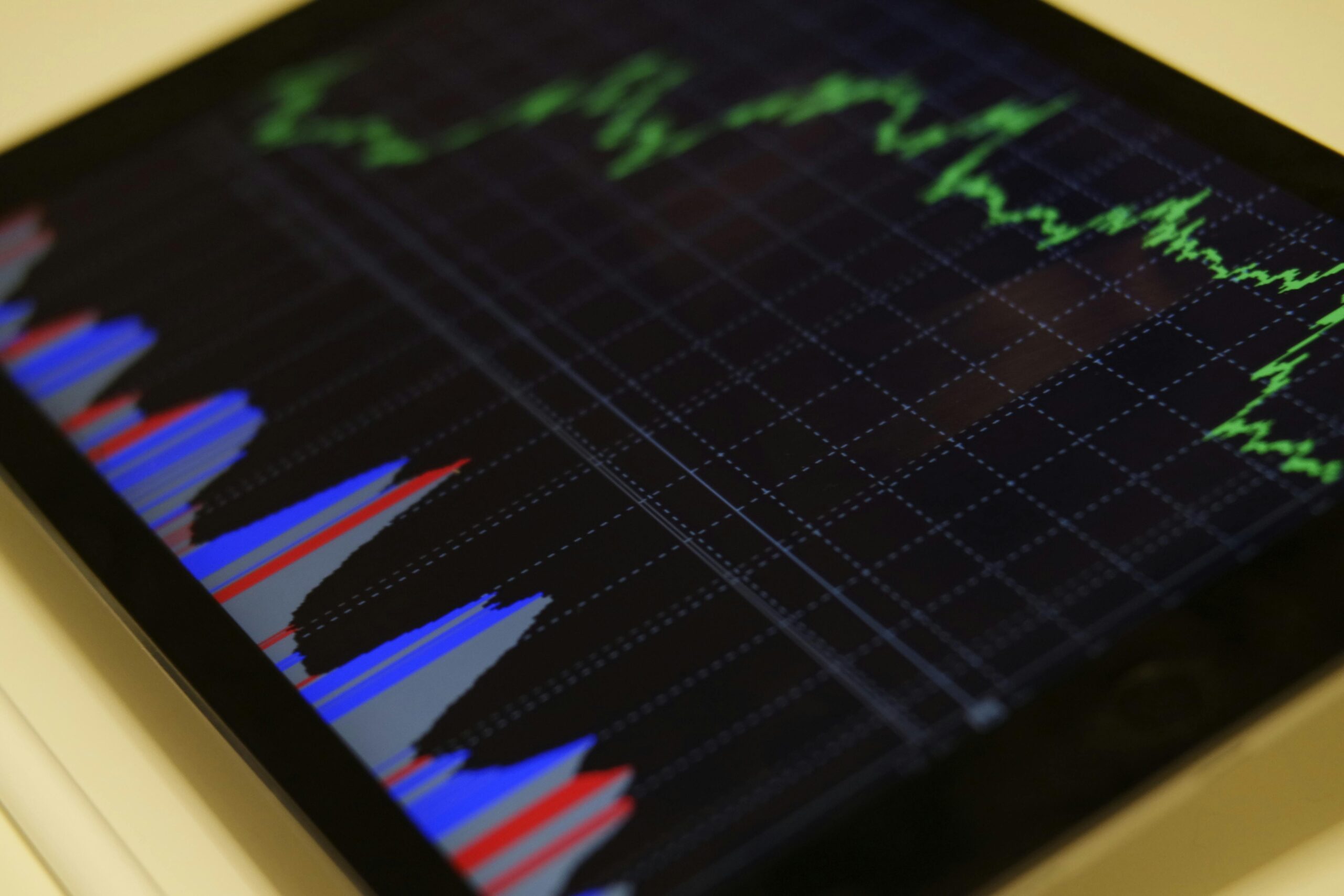
Forex trading involves buying and selling currencies in large amounts. The difference between their values is known as the spread. It is used to calculate the profit or loss that is made. In this article, we help readers understand the forex spread.
Are you considering investing in forex? A 24-hour, global market, forex is based on the value of currencies and their relationship to others. The difference between these is known as the spread and is used to decide how much profit or loss can be made. If you want to trade forex, read on as we discuss understanding the spread.
What is a spread in forex trading?
Forex is the marketplace on which global currencies are traded. Most of this is done through banks and financial institutions. Once confined to these traders, it is now possible for individuals to trade forex, so they can make a profit or loss depending on the difference in the currency pairs. You can find a list of current forex values at this page.
Brokers of forex will quote two prices for a pair of these currencies. The bid is the price at which you sell the base currency. The asking price is the cost at which you can buy the base currency. The difference between these is known as the spread. It is also sometimes known as the bid/ask spread.
This forex spread can be larger or smaller depending on a range of factors. They could include the time of day, current economic events, and the currencies involved.
How is the spread calculated in the forex market?
To work out how the spread is calculated, we need to look at the bid and ask prices.
The bid is the price at which the forex broker will buy the base currency. The sell price is the opposite and is the price at which they are willing to sell the base currency.
This difference is important as it is how no commission brokers will make a profit. A broker will make money by selling a currency to you for more than they paid to buy it. They will make money by purchasing currency from you for less than they get when they sell. A wider spread generally means a better profit for them.
While it may sound complicated, it is simply how any business works, but this is trading off currencies. Imagine you sell a car to a dealership for $10,000. To make a profit, they need to buy it from you for a price that is lower than the price they will sell it for. If they think they can sell the car for $12,000, the spread is $2000.
Forex spreads are often quoted using the formula below. This makes it easy to see the difference. This example uses GBP and EUR.
GBP/EUR
Bid – £1.1500 – Sell
Ask – £1.1550 – Buy
What are pips in forex?
To understand the value of the spread, you need to know how forex is calculated. This is done using pips. It is the smallest unit price a forex movement can make. It appears in the fourth decimal place of the figure.
Most currency pairs will be quoted to a maximum of four decimal places. However, some such as the Japanese Yen are an exception and will only be quoted in two places.
As an example, if the GBP bid price above moved from £1.1500 to £1.1501 it would have moved up by one pip.
What are the types of spread in forex?
There are two main types of spread. The one used will depend on the preference of the forex broker and their risk tolerance. These are fixed and variable.
Fixed spread
Fixed spreads will stay the same, whatever the market conditions or the value of a currency is. The spread stays the same and will rise and fall with a fixed value.
It is often known as a dealing desk model and is used by brokers who operate as market makers. They will buy large amounts from their liquidity providers. They then offer these positions in smaller sizes to traders. This allows them to control the prices they provide to customers.
Variable spreads
With variable spreads, the bid and ask prices will change constantly. This means that sometimes they can be closer together and at other times they can be further apart. As supply and demand change, so does the spread. They are used by brokers that do not use a dealing desk. The advantage of variable spreads is that they offer more transparent pricing.
Fixed and variable spreads both have positives and negatives. They depend on the needs of the person who is trading. People with smaller accounts tend to prefer fixed-spread pricing. People who trade during the peak hours of the market will probably use variable spreads as it allows much faster execution.
Any trading or investment is a risk, so you should only invest what you can afford to lose. Forex is wildly different from stocks and shares, so needs a lot of research and time invested. However, it can offer a good return if done correctly. Understanding the spread will help you manage this more effectively.
#Understanding #spread #forex



